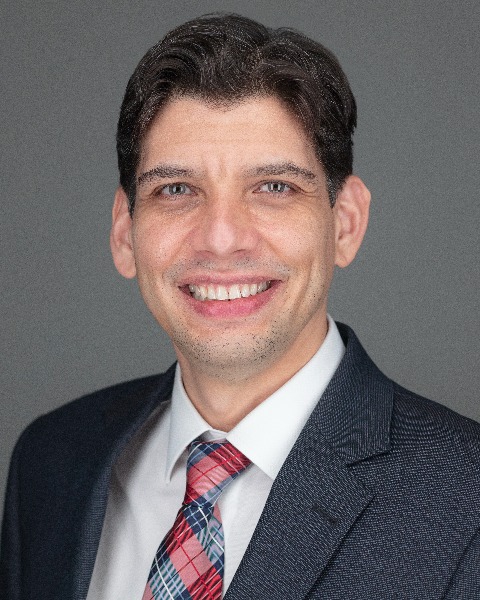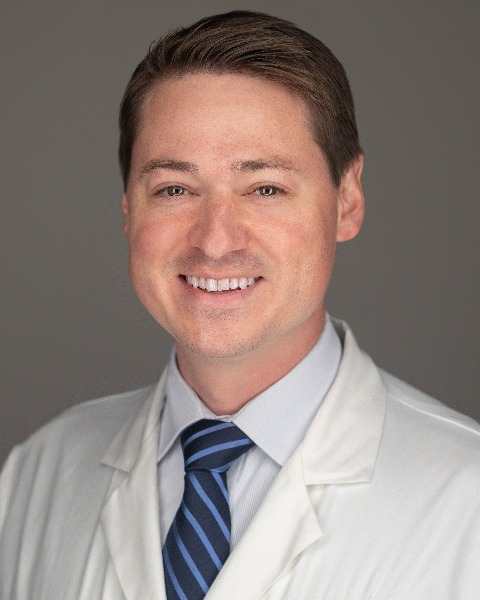Upper GI
94: Pathologic Response to Neoadjuvant Immunotherapy in DNA Mismatch Repair Protein-Deficient Gastroesophageal Cancers

Adrienne B. Shannon, MD (she/her/hers)
Complex General Surgical Oncology Fellow
H. Lee Moffitt Cancer Center and Research Institute
Tampa, Florida, United States
Adrienne B. Shannon, MD (she/her/hers)
Complex General Surgical Oncology Fellow
H. Lee Moffitt Cancer Center and Research Institute
Tampa, Florida, United States
Adrienne B. Shannon, MD (she/her/hers)
Complex General Surgical Oncology Fellow
H. Lee Moffitt Cancer Center and Research Institute
Tampa, Florida, United States- RM
Rutika J. Mehta, MD, MPH
Medical Oncologist
H. Lee Moffitt Cancer Center and Research Institute, United States - SM
Shaffer R. Mok, MD
Advanced Endoluminal Gastroenterologist
H. Lee Moffitt Cancer Center and Research Institute, United States - GL
Gregory Y. Lauwers, MD
Pathologist
H. Lee Moffitt Cancer Center and Research Institute, United States - JB
Jobelle J. A. R. Baldonado, MD
Thoracic Surgeon
H. Lee Moffitt Cancer Center and Research Institute, United States - JF
Jacques P. Fontaine, MD
Thoracic Surgeon
H. Lee Moffitt Cancer Center and Research Institute, United States 
Jose M. Pimiento, MD, FACS (he/him/his)
Gastrointestinal Surgeon
H. Lee Moffitt Cancer Center and Research Institute
Tampa, Florida, United States
Andrew J. Sinnamon, MD
Gastrointestinal Surgeon
H. Lee Moffitt Cancer Center and Research Institute
Tampa, Florida, United States
Abstract Presenter(s)
Submitter(s)
Author(s)
Methods: Since 2019, our institution routinely performs MMR testing for new GEC diagnoses. Patients diagnosed with non-metastatic GECs (2019-2023) were included in the study. Quantitative data are described as the median and interquartile range (IQR); qualitative data are described as quantities and percentages.
Results:
Fourteen patients with non-metastatic dMMR GEC were identified following implementation of routine IHC testing with median follow-up time 6 months (IQR 4-27); 3 patients needing esophagectomy for GE junction tumors were poor surgical candidates and treated with definitive ICI. All patients underwent pre-therapy PET; median SUV for PET-avid disease was 18.2 (IQR 11.5-25.4). Among 11 resectable patients, 4 underwent immediate surgery. The remaining 7 patients were treated with nICI; 4 have undergone surgery to date and 3 remain on therapy. nICI was used in patients with extensive lymphadenopathy (N=3), disease requiring extensive resection (N=2), or need to delay surgery (N=1). All regimens included PD-1 inhibitors with the majority (N=5, 62.5%) receiving Pembrolizumab. The median number of neoadjuvant therapy cycles was 6 (IQR 5-8). Re-staging PET post-nICI was performed in 5 patients with median SUV 5.8 (range 3.0-19.8). All resected specimens had gross ulceration after nICI (N=4). Despite this, the majority (N=3, 75%) had a pathologic complete response (pCR) following nCI and 1 (25%) patient had near-complete response (nCR). Reduction in SUV was 75% and 82% in the 2 pCR patients and 25% in the nCR patient.
Conclusions:
dMMR GECs appear to be responsive to nICI in this limited experience, mirroring early clinical trial data. Given persistent metabolic activity and visible ulceration despite pCR, emphasis should be placed on optimizing tools for assessment of possible underlying pCR so that surveillance might be considered in the future.
Learning Objectives:
- Upon completion, participant will note the difference in consideration of neoadjuvant immunotherapy versus surgery upfront in patients with dMMR status.
- Upon completion, the participant will understand that dMMR gastroesophageal cancers represent a different phenotype of disease.
- Upon completion, the participant will have a better understanding of surveillance imaging in lieu of surgical resection in a particular subtype (dMMR) of gastroesophageal cancer.
